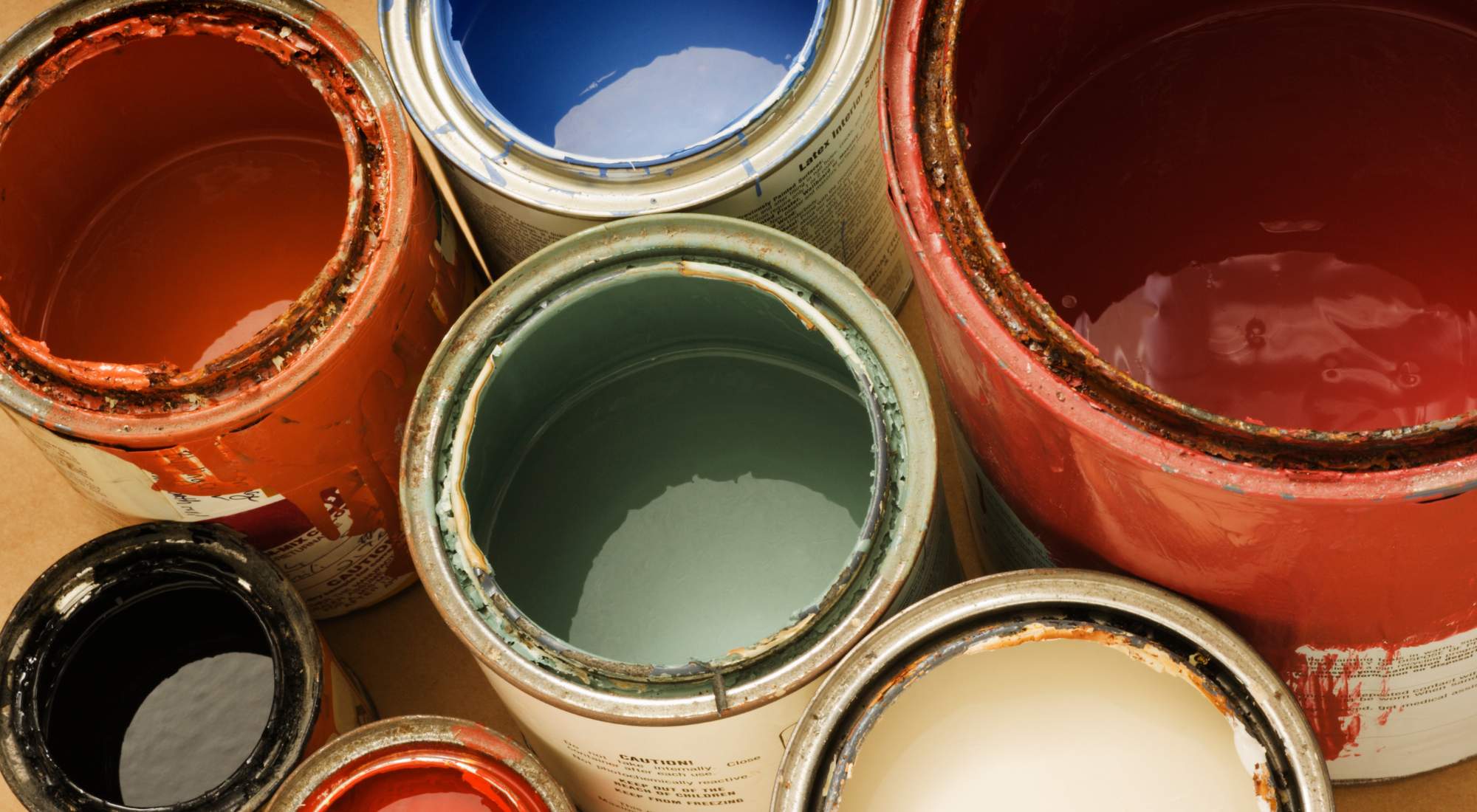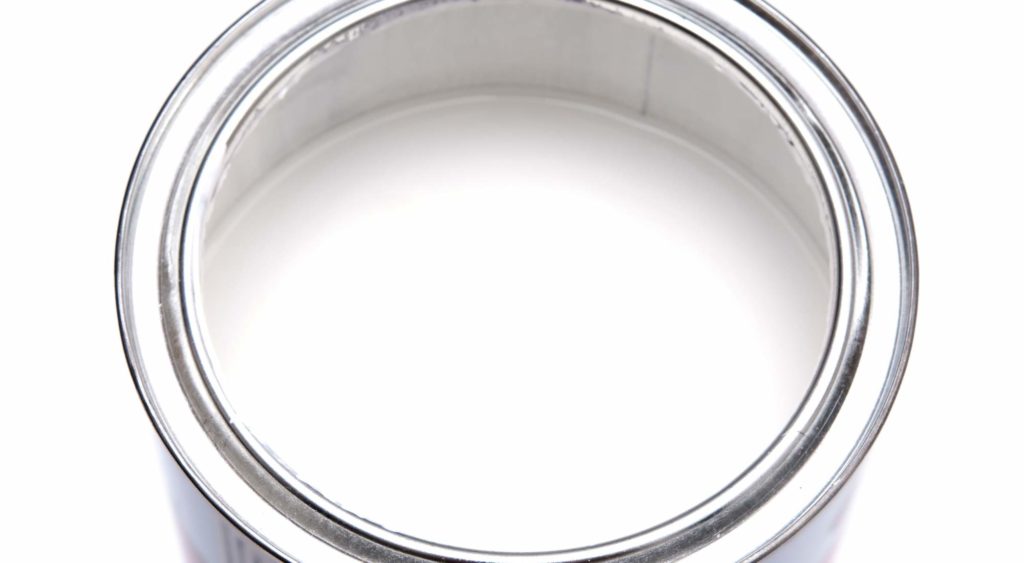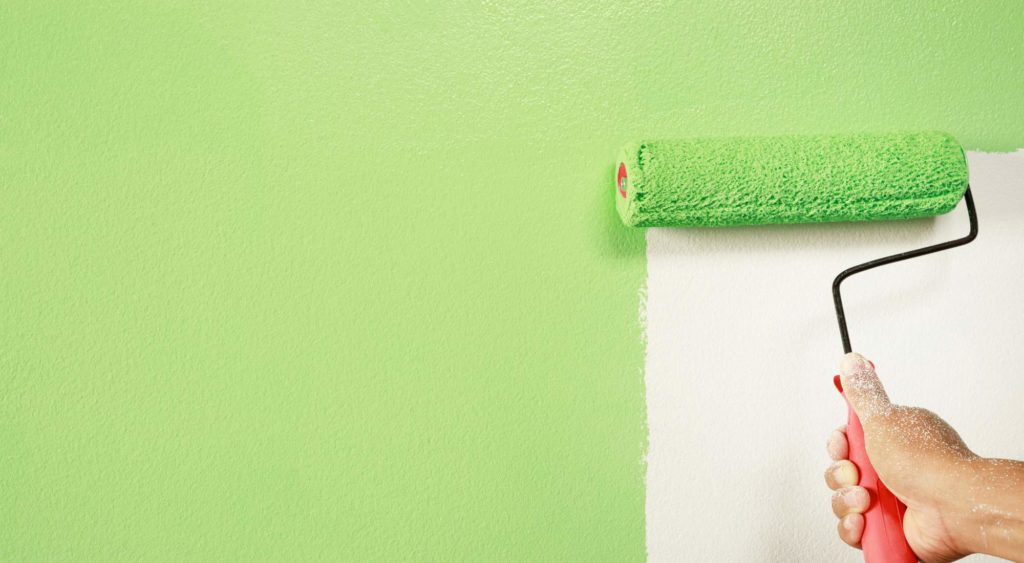If you’ve ever had your house painted, you probably wound up with a can or two of leftover paint.
While you likely gave thought to how to prevent your pipes from freezing when temperatures drop, you may not have considered how to safely store unused paint.
What happens if it gets too cold? What about touch-ups? Can you use paint after it freezes, or should you toss it, just to be safe?
Before you throw that paint away, take a few minutes to check out our informative article. We take a look at what happens when paint freezes, provide tips for safely storing paint, and let you know how to restore frozen paint.
Table of Contents
- Can Frozen Paint Be Saved?
- What Happens if Paint Freezes?
- How To Restore Frozen Paint
- If Paint Freezes, Is It Still Good for Touch-Ups?
- Storage and Disposal Tips for Leftover Paint
- Two Brothers Painting: Painting the Portland Metro Area With Experience and Exceptional Service
Can Frozen Paint Be Saved?
To help us understand the ins and outs of frozen paint and whether you can use paint after it freezes, let’s start off by taking a look at what paint contains.
Here are some of the key elements contained in paint:
- Pigments: These provide the color and are the paint’s main ingredients.
- Binders: Binders are the components that hold paint pigments together and ensure the paint adheres to the surfaces where it’s applied.
- Liquid: These include oil and water and allow for seamless application.
- Additives: These consist of a small part of the paint and are what make it water-resistant and allow for faster drying times.
When it comes to saving frozen paint, there are several factors that determine whether it can be salvaged, including:
- Where it’s stored
- How long it has been stored
- Type of paint
- Temperature
Storage Location
Give some thought to where you are storing your paint. Is it:
- In the garage? Even if your garage is unheated, paint stored near a door leading into your home may get enough radiant heat to avoid freezing.
- In a shed? Depending on your location, paint stored in a shed may freeze.
- Outside or under the deck? If your paint is completely exposed to the elements, it will freeze at a faster rate.
Always be sure to double-check the freezing point for each type of paint. Depending on each brand’s specific ingredients, different types of paint may need to be stored in different locations.
Storage Duration
When you’re trying to determine if you can use paint after it freezes, another factor to consider is how long it has been stored.
Paint that has been through the freezing, thawing, and refreezing cycle for multiple years, may not be usable. On the other hand, if it’s just been stored for a year or so, it may be fine.
Storage Condition
The way you store paint can also have an impact on whether it can be salvaged. Ask yourself:
- Was it tightly sealed? Paint that has been exposed to the elements will freeze faster than sealed paint.
- What’s the ratio of paint to airspace? A can with a ratio of more paint than air will fare the best.
It is also important to be aware of the freezing point of each individual can or paint and store them accordingly.
Type of Paint
Paint may or may not be usable after freezing, depending upon the type of paint. For example:
- Water-based paint will freeze at 32 ℉, just like water. For water-based paints, the amount of water also determines how fast the paint freezes.
- Oil-based paint is more resistant to freezing than water-based and generally begins freezing at -4 ℉. Sometimes oil on top can be stirred back in.
Temperatures
The exact temperatures in your area also play a role in how fast paint freezes.
For example, water-based paint begins freezing at 32 ℉. However, if the temperature is lower, such as 20 ℉, the paint will freeze faster.
If you’re in the market for a painting update, the professional team at Two Brothers Painting would love to provide you with a free estimate. We pride ourselves on our professionalism, top-quality work, and fair prices. Contact us today to learn more!
What Happens if Paint Freezes?
When paint freezes, a chemical reaction takes place that causes it to separate.
Frozen paint becomes a solid, just as water does when it freezes. As the paint solidifies, its emulsion, texture, and consistency are affected. This can make it difficult to spray or apply the paint on a surface.
While stirring the paint may bring it back to its original appearance, the paint may fail to perform well once you’re ready to use it. The ability of the paint to adhere to the surface where it is applied may be a particular issue.
How To Tell if Frozen Paint Is Usable
There are a few factors you can consider as you determine if frozen paint can still be used.
Frozen paint that is still functional:
- Has no foul odor
- Does not have a film on its surface
- Doesn’t contain chunks
How To Restore Frozen Paint
Before you decide to toss that can of frozen paint, determine whether it can be restored. The process of restoring frozen paint is simple and involves:
- Thawing the paint
- Stirring the thawed paint
- Checking the paint for lumps
- Testing the paint in an inconspicuous area before using
Thaw
This is done indoors by allowing the paint to sit at room temperature and letting it thaw naturally. Depending on the amount of paint, the thawing process may take several hours to complete.
It’s important to avoid using a fan, space heater, or other source of heat to speed the process as thawing too quickly will alter the paint’s composition, causing certain damage.
It’s also a good idea to place a drop cloth under the paint can to protect the flooring, just in case any paint spills over as it thaws.
Check for Lumps
Assess the stirred paint for lumps. These lumps have the appearance of cottage cheese and can be strained off by pouring the paint into a new container.
Stir Thoroughly
Once the paint has fully thawed, use an electric mixer or a paint stick to stir the paint. Ideally, any lumps will dissolve.
Stirring is often the tell-tale sign of whether the paint will be usable or not.
Test the Paint
Check the paint for usability in an inconspicuous spot or on a piece of scrap wood.
Even if the thawed paint seems fine, it is best to avoid using it on important indoor projects. Restored paint should, however, be fine for use on outdoor projects.
If Paint Freezes, Is It Still Good for Touch-Ups?
Sometimes. It depends on where the paint has been stored and for how long.
It is important to remember that paint on walls naturally fades over time due to the paint’s sheen or environmental conditions. That means that when paint has been stored for several years, touch-ups often don’t match.
In this case, the only answer is to paint the entire wall from corner to corner and ceiling to floor.
Storage and Disposal Tips for Leftover Paint
To avoid having to worry about what can happen if paint freezes, take care to store your paint properly.
When it comes to storing paint, consider:
- Keeping paint in a temperature-controlled environment, like a heated garage. If that’s not an option, keep it in your basement or attic. The location should be cool (not cold), dark, and dry.
- Building a warm paint cabinet or box to store unused paint in.
- Sealing leftovers correctly by placing a layer of plastic wrap over the top of the paint can to ensure the seal is airtight. Then, use a rubber ballet to gently secure the lid into place. Turn the paint can upside down for storage, as this helps create an airtight seal between the lid and the paint. If properly secured, the lid shouldn’t leak, but we recommend placing the paint can in a plastic tub just to be sure.
If the paint has been frozen for too long and can’t be restored, you will need to dispose of it. This may be done by:
- Opening the paint can allow the paint to dry out. Once it’s completely dry, you can throw the can into the trash.
- Mixing the paint with sawdust and allowing it to dry.
Once the paint has dried, follow the recommended disposal methods in your area for hazardous materials.
Two Brothers Painting: Painting the Portland Metro Area With Experience and Exceptional Service
Whether you’re seeking a professional interior or exterior painter in the Portland metro area, look no further than Two Brothers Painting.
We’ve been beautifying homes since 2005 and are proud of our reputation as the top painting company in the area.
When we do a job, we don’t over-order on paint — meaning you’re not overcharged or left trying to determine how to store a bunch of leftover paint cans.
We provide each customer with a list of paint color names and codes so you know exactly how to obtain the paint you need for touch-ups down the road.
Discover the Two Brother’s Painting difference. Schedule your estimate today.




